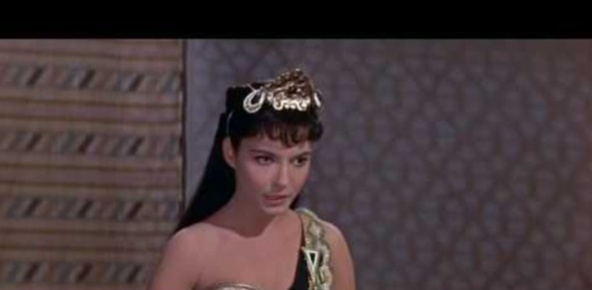Appeals to nonbelievers should go beyond pure rationality, but they shouldn’t go beyond the bounds of Scripture.

Justin Bailey’s Reimagining Apologetics: The Beauty of Faith in a Secular Age highlights a problem that plagues certain forms of Christian persuasion: the failure to take imagination seriously. For some Christians, apologetics is a matter of dry-as-the-desert technical arguments—or of intellectually arm-wrestling non-Christians into submission. Add an evangelical ethos hopelessly enamored with perpetual culture-warring, and you have a profound problem in much current Christian witness.
Bailey begins by noting that, according to philosopher Charles Taylor, we live in a world (a “social imaginary”) where everyone assumes that ultimate answers lie within. We follow what resonates with our inner life. Therefore, the wise apologist who wants to reach a non-Christian engages not with what is (externally, objectively) true, but with what (internally, subjectively) moves him or her emotionally and aesthetically. Not truth, but beauty. Not rationality, but authenticity. The key lies with the imagination. We must provide space, Bailey writes, for non-Christians to “feel their way into faith.”
After providing a brief philosophy and theology of the imagination, Bailey turns to novelists Marilynne Robinson (of Gilead fame) and George MacDonald (who inspired C. S. Lewis) as models of what such engagement would look like. They created imaginary worlds that allowed non-Christians to see through the eyes of faith. He then applies his findings to apologetical method based on a threefold model of the imagination: sensing, seeing, and shaping. Sensing prioritizes the aesthetics of belief, emphasizing what non-Christians would find beautiful and believable. Seeing invites them to try on a Christian vision—a ...
from Christianity Today Magazine
via



.gif)

.gif)

.gif)
.gif)
